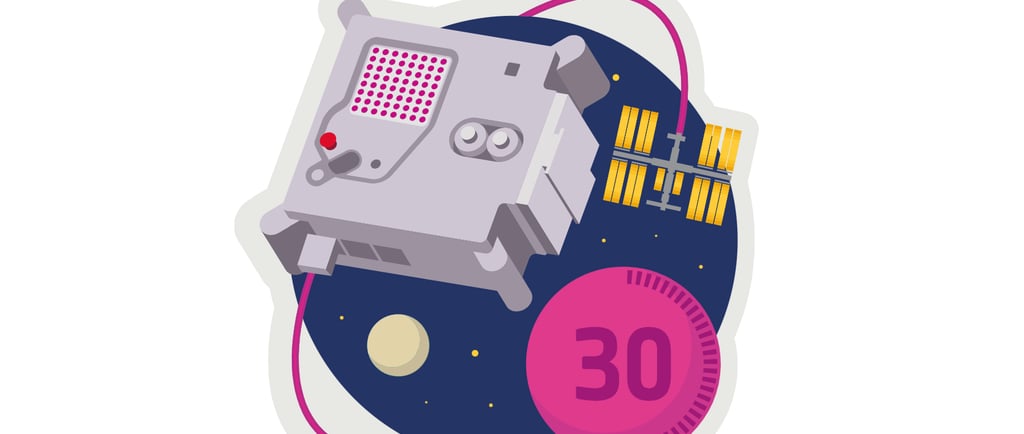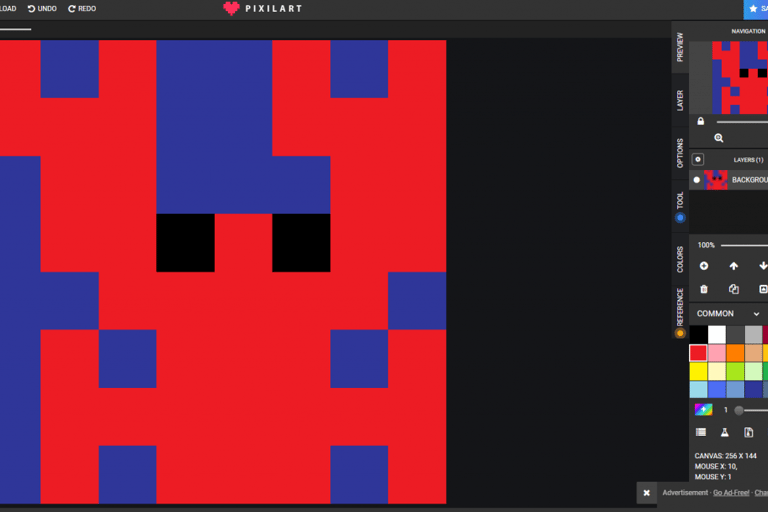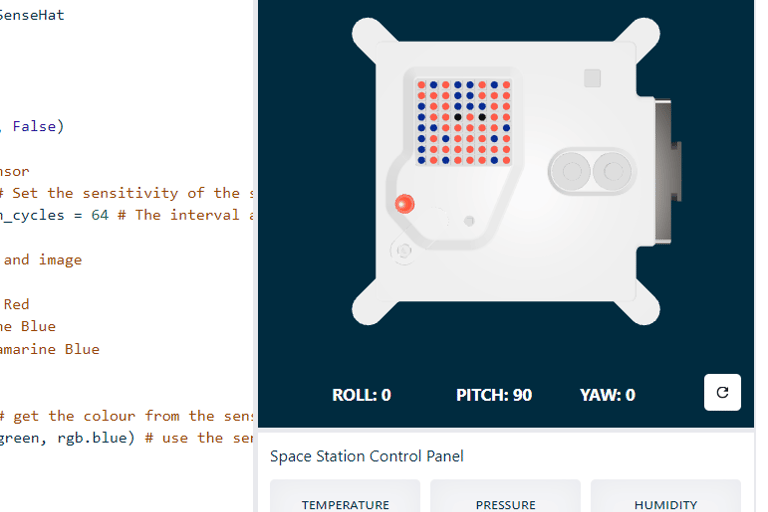STEAM Challenge: Run your code in space with Astro Pi
Julia @ Creators Academy
1/30/20242 min read


[Edit: Entries for the latest edition of the competition need to be in by 24 March 2025]
Are you looking for a fun and engaging way to help your kids develop their creativity and coding skills? You should give the Astro Pi Mission Zero project a try. It’s run by the European Space Agency (ESA) and the Raspberry Pi Foundation and all you need is a computer with internet access.
My kids (KS1) and I recently completed the project, and they loved the experience. It involves writing a simple program to take a reading from a sensor on an Astro Pi computer on board the International Space Station (ISS) and use it to set the background colour in a personalised image for the astronauts to see as they go about their daily tasks.
I have some prior coding experience, but the step-by-step guide provided is perfect for absolute beginners, and the whole thing can be finished in about an hour. Trust me, it’s not rocket science. Well actually, it kind of is! 😆🚀 As a parent, you will need to set up a Raspberry Pi account and then obtain a “classroom code” by registering as a mentor on the Astro Pi website.
The first thing to do is to create an 8x8 image. You can just do this with paper and a grid, but I found a free website online called Pixilart that lets your kids mess around with colours and designs until they’re happy. My KS1 kids did this independently – it’s really that easy!! We finally settled on a space lobster – because ‘why not?’


You then go on the Astro Pi site where they take you through all the steps you need to translate your design into what will be displayed on one of the Astro Pi computers on the ISS that the astronauts can see. The coolest thing about this is that they have built an emulator on the website which shows you exactly what the display looks like at every stage of the project, so it’s a great way to introduce kids to some of the stages of software development, like testing and debugging.


You can also use this as an opportunity to introduce your kids to the world of space science and do some research together as they ask questions like
Where’s the ISS?
How fast does it move?
How do astronauts get there?
Entries need to be in by 25 March 2024. After that, the programs will run on the ISS for up to 30 seconds and entrants will receive a downloadable certificate recording the exact start and end time, and the position of the ISS when their program ran. So, what are you waiting for? Get coding!
Contact Us:
© 2024-2025 Creators Academy. All rights reserved.


